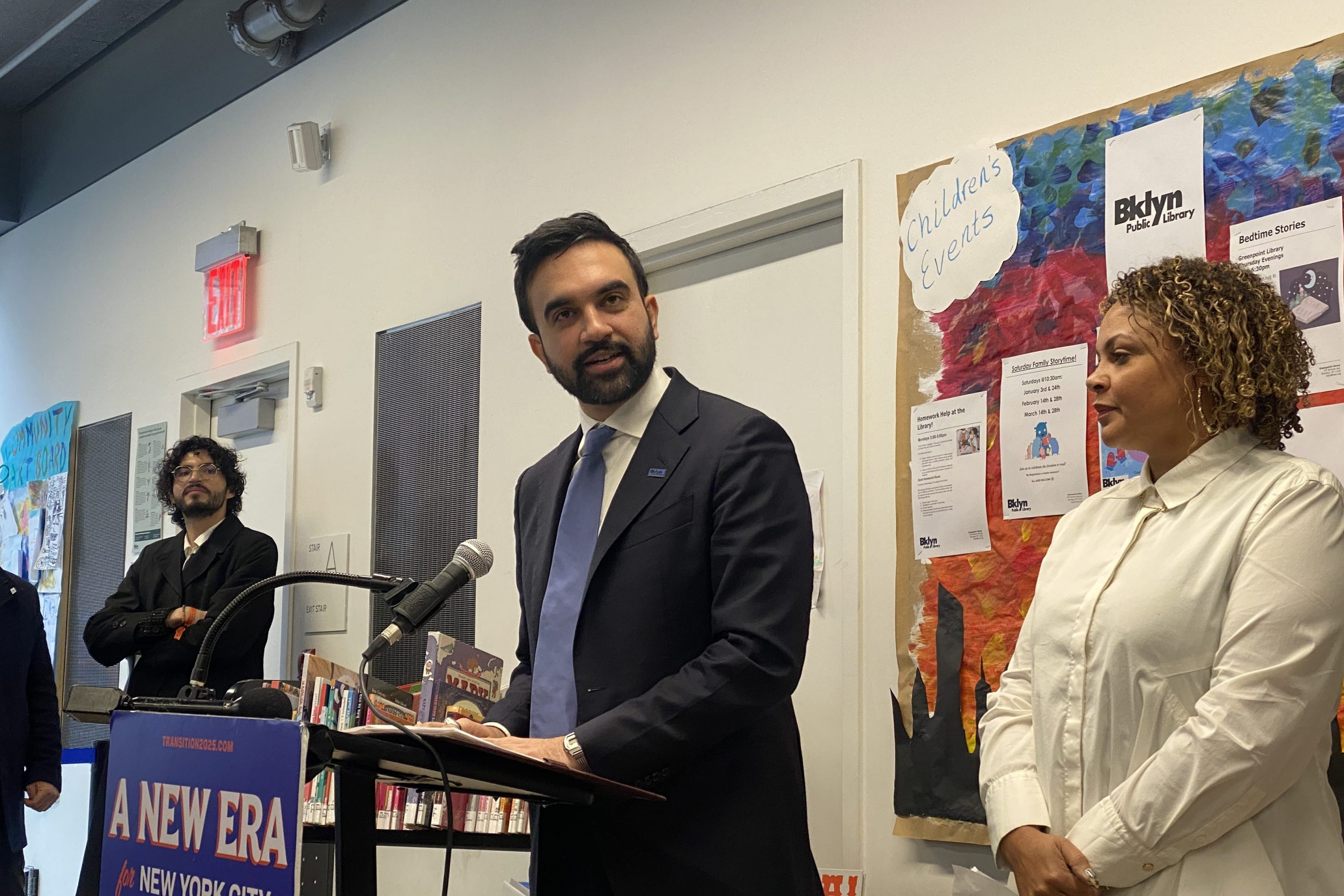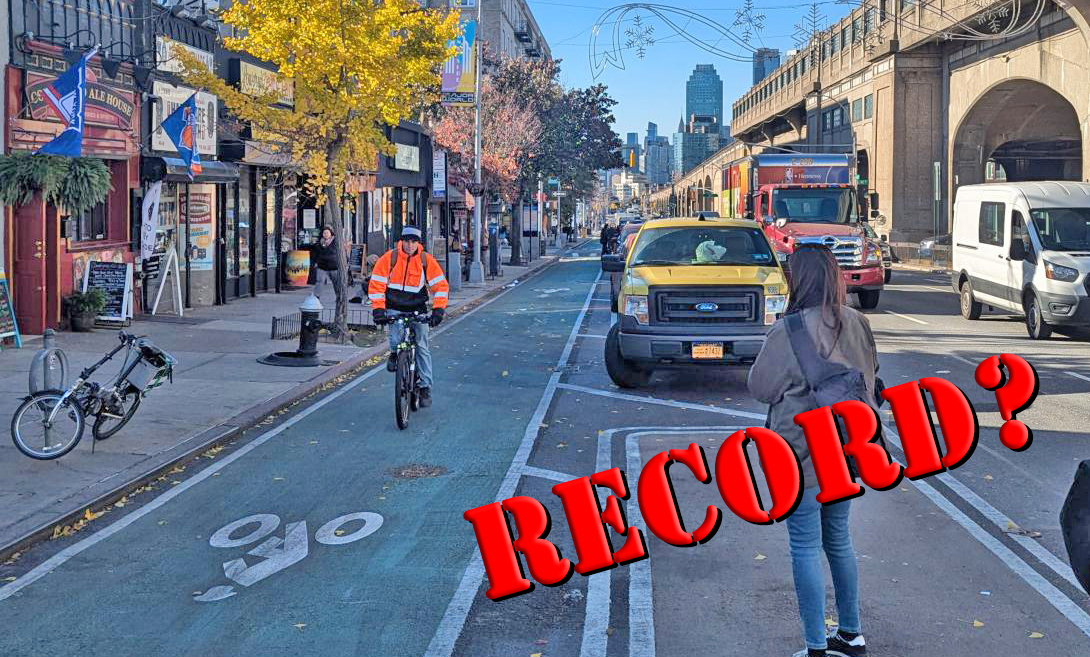 Western Union cellphone ad from 1984. Image via NYT
Western Union cellphone ad from 1984. Image via NYTConcerns arose not long after it hit the market. External studies seemed to confirm what industry insiders feared: The product could pose a public health risk. But as sales soared, whistleblowers who didn't leave their jobs were forced to keep quiet. Companies maintained a posture of denial as a mountain of damning evidence, some of it from their own investigations, kept growing. Bowing to pressure, some consented to warning labels and other notices, but still insisted that claims of product-related injuries and deaths remained unproven.
It's a familiar story. And in the latest installment of its "Driven to Distraction" series, the Times lays out in detail how, in this case, it was the mobile phone industry that continued to market its product for use in a manner long believed to be hazardous to its customers and the population at large. The result: As far back as seven years ago, the Times reports, "drivers using cellphones were causing 2,600 fatal crashes a year in the United States and 570,000 accidents that resulted in a range of injuries, from minor to serious." Now a lawsuit, among the first of its kind, has been filed against Samsung and Sprint Nextel by a woman whose mother was killed by a distracted driver in Oklahoma City in 2008.
Of course a key issue is the line between provider and motorist responsibility. The driver in this case, who pleaded to misdemeanor negligent homicide, does not blame the cellular industry. "It's our choice if we're going to talk on the cellphone while driving or walking down the street or in the office," he said. "The cellphone companies don't say you should talk on the phone and drive."
Actually, they do -- and, as the Times reveals, they always have. It's certainly true that "the mobile device has moved well beyond its origins as a car phone," to paraphrase industry reps, but cellphone manufacturers and sellers are advertising the benefits of talking while driving to this day, even as they inch toward acknowledgment of the inherent dangers.
The CTIA, the industry's trade group, supports legislation banning texting while driving. It has also changed its stance on legislation to ban talking on phones while driving - for years, it opposed such laws; now it is neutral.
"This was never something we anticipated," said Mr. [Steve] Largent, head of the CTIA, adding that distracted driving is a growing threat now that more than 90 percent of Americans have cellphones. "The reality of distracted driving has become more apparent to all of us."
This supposed revelation comes nearly 50 years and thousands of casualties after Motorola developer Martin Cooper testified of the earliest mobile phones: "There should be a lock on the dial so that you couldn’t dial while driving."





